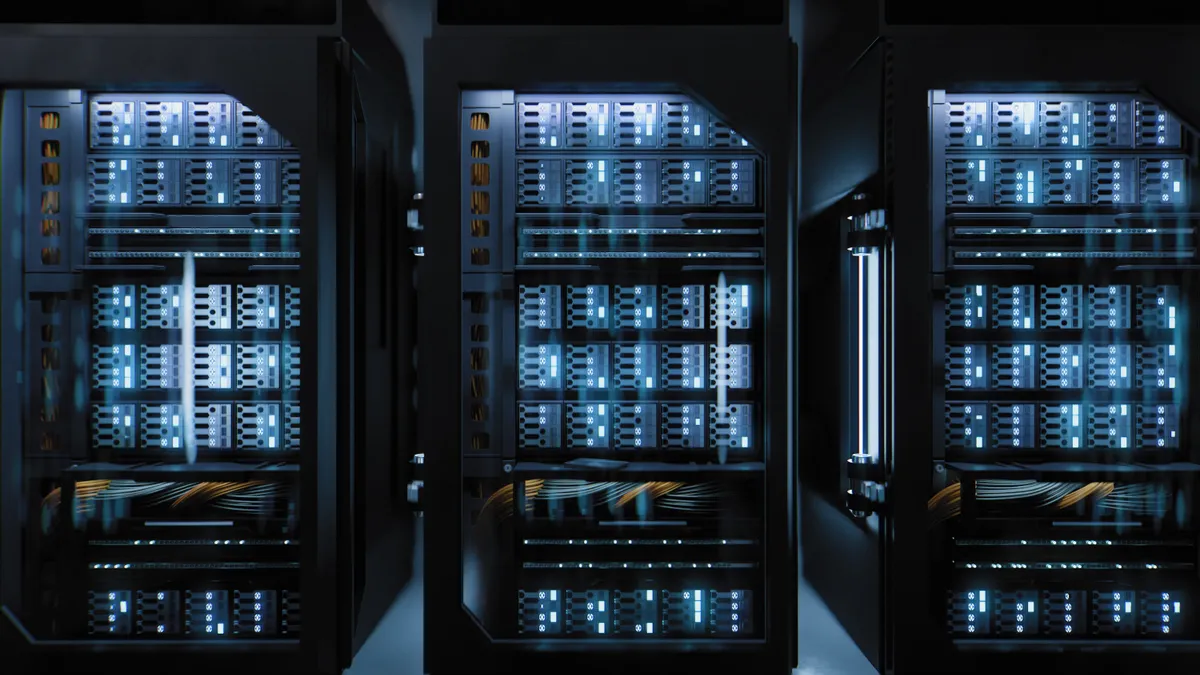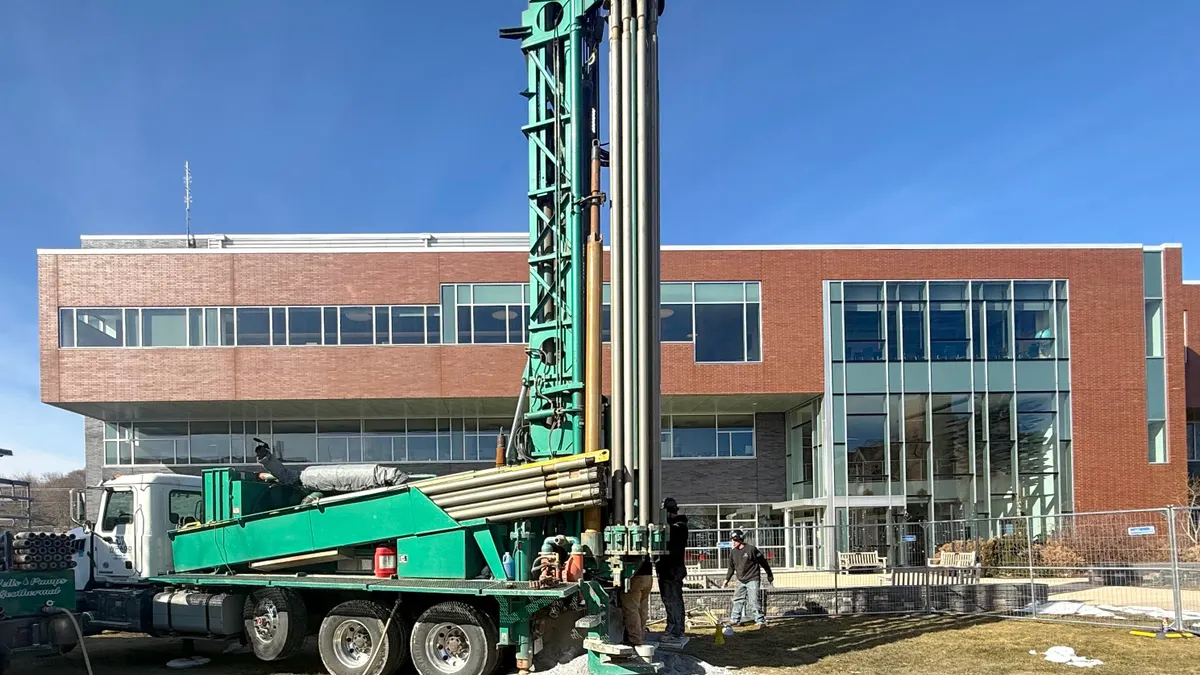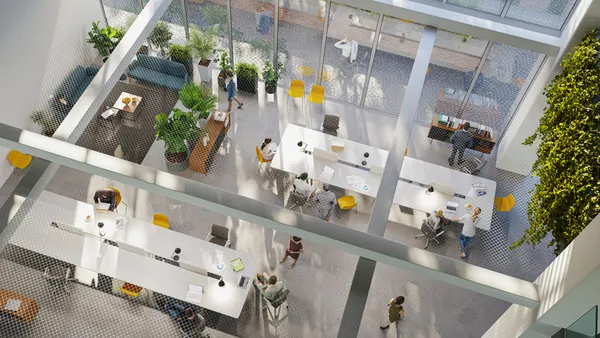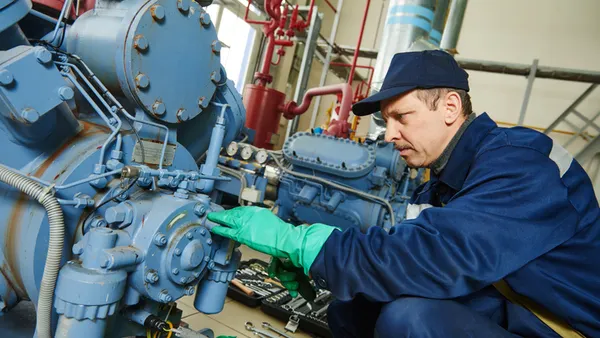The global data center market is forecasted to expand at a 15% compound annual growth rate through 2027 and has the potential to grow at a 20% rate in that time, according to JLL’s 2025 Global Data Center Outlook.
The firm’s outlook notes four megatrends that are set to define the market this year: artificial intelligence, power needs, liquid cooling and capital demand.
Rapid progress in semiconductor technology has led to increasingly more dense and high-powered chips, with rack densities expected to grow from 41 kilowatts now to 130 kW in the next generation to about 250 kW in the future, per the report. Nvidia’s latest artificial intelligence chips consume up to 300% more power than their predecessors, for example, with industry forecasts suggesting that global data center energy demand will double in the next five years, JLL says.
The power demand for AI training facilities is also substantial, with new projects “regularly requesting 1 gigawatt of power or more,” or the same amount of electricity used to power 800,000 U.S. homes over the course of a year. Due to the immense power requirements, and lack of energy availability in many regions of the U.S., data centers tend to cluster together, JLL says, and they can represent a large portion of electricity consumption in certain regions.
Data center power demand is threatening existing power grids and pushing data center stakeholders to look to small modular nuclear reactors to address power availability challenges, JLL says. AI’s surging demand is also driving a battle for energy efficiency, sparking a new wave of innovation that includes more energy-efficient chip architectures.
But AI represents only one component of data center demand, the report states. Traditional, low-intensity workloads such as data storage and cloud-based applications still make up the majority.
“Even optimistic adoption scenarios suggest that AI workloads will represent less than 50% of data center capacity in 2030,” JLL says. “Therefore, older data centers are not in danger of becoming obsolete. Instead, they will remain a valuable component of the global data center ecosystem.”
The immense demand growth in the sector means that it is “imperative that all existing capacity is retained while additional facilities are constructed to meet new demand,” JLL says.
The majority of a data center’s asset value lies within its power supply and infrastructure, such as electrical, plumbing and other technical systems. These are especially valuable given the challenges of securing power for new developments, the report notes.
“For these reasons, data centers will not become obsolete within 10 years of being constructed,” JLL says. “Instead, with proper maintenance and investment, data centers will appreciate in value over time.”
Liquid cooling systems have become the default in new construction to meet advancing computing and power density requirements, JLL says. Retrofits, or transitioning existing facilities to liquid cooling infrastructure to accommodate high-density workloads, “will be a viable solution and an opportunity to increase asset value,” according to the outlook.
Immersion cooling is expected to become a common thermal management strategy as GPUs push above 150kW per rack. Broad implementation of immersion cooling is still a few years away, however, with the cooling technology introducing new challenges in structural design, the report states.
Data center development is expected to require roughly $170 billion in construction lending or permanent financing in 2025, JLL says. It expects data centers to attract more investors, although this remains a niche sector, it notes.













